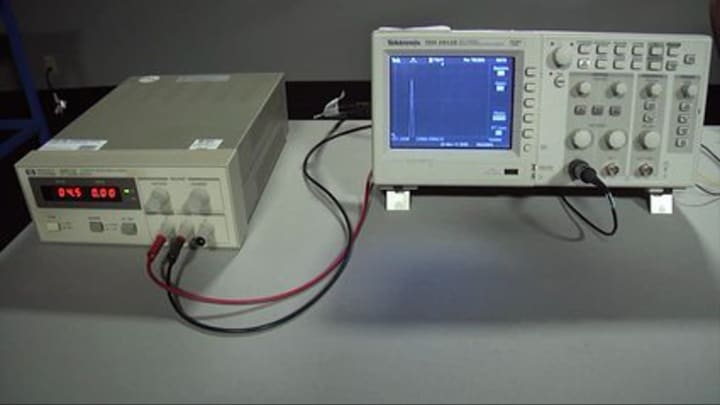What Is the NCO?
The NCO is a programmable linear frequency generator that can synthesize frequencies up to 32 MHz. NCOs are important for applications such as lighting control, tone generators, radio-tuning circuits, fluorescent ballasts and class D audio amplifiers.
How Does the NCO Work?
NCOs work by adding an increment to an internal accumulator on the rising edge of each input clock signal. The output frequency of the NCO is proportional to the number of cycles it takes for the accumulator to overflow.
Features
High Frequency Output
The NCO is either available in 16-bit or 20-bit increment sizes. The 20-bit size can output a frequency of up to 32 MHz whereas the 16-bit size has a maximum output frequency of 500 kHz.
Multiple Clock Sources
The NCO can use a variety of clock sources, both internal and external, as the base clock.
Runs in Low-Power Sleep
The NCO operates independently of the Central Processing Unit (CPU) and can function in sleep mode.
Flexible Outputs
The NCO’s output can be in a fixed 50% duty cycle mode or in a pulse-frequency mode.
20-bit Timer/Counter Functionality
As an alternative operating mode, the NCO can be used as a general-purpose 20-bit timer or counter.
8-bit Device Availability and Documentation
- Device Selection
- Application Notes
- Training
Similar Devices
|
Title
|
|
|---|---|
| Voltage-Controlled Oscillator with Linear Frequency Output | Download |
| Boost Converter Using the PIC12F1501 NCO Peripheral | Download |
| High-Power CC/CV Battery Charger Using a Inverse SEPIC (Zeta) Topology | Download |
| Numerically Controlled Oscillator on PIC Microcontrollers | Download |
| Manchester Decoder Using the CLC and NCO | Download |
| Glitch-Free Design Using the Configurable Logic Cell(CLC) | Download |
| Practical Guide to Implementing Solar Panel MPPT Algorithms | Download |
| Digital SMPS - Buck Converter using the PIC12F1501 NCO Peripheral | Download |
| Combining the CLC and NCO to Implement a High Resolution PWM | Download |
Numerically Controlled Oscillator
The Numerically Controlled Oscillator (NCO) module is a timer that uses the overflow from the addition of an increment value to divide a frequency. The advantage of the addition method over simple counter driven timer or a PWM is that the resolution of division does not vary with the divider value resulting in true linear frequency control. The NCO is most useful for applications that require linear frequency control, high frequency accuracy and fine resolution at a fixed duty cycle such as lighting and ballast control, tone generators and resonant power supplies.
